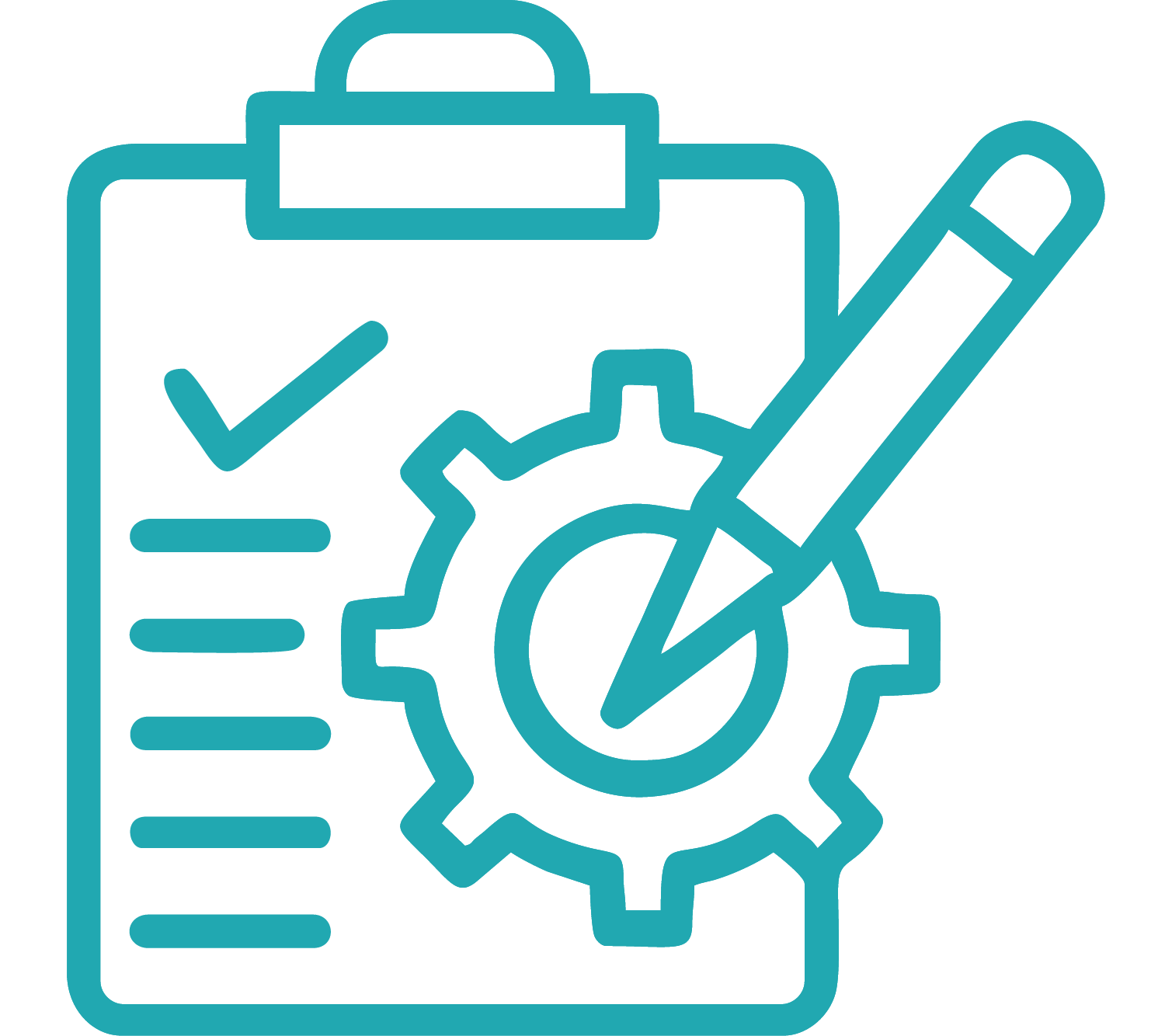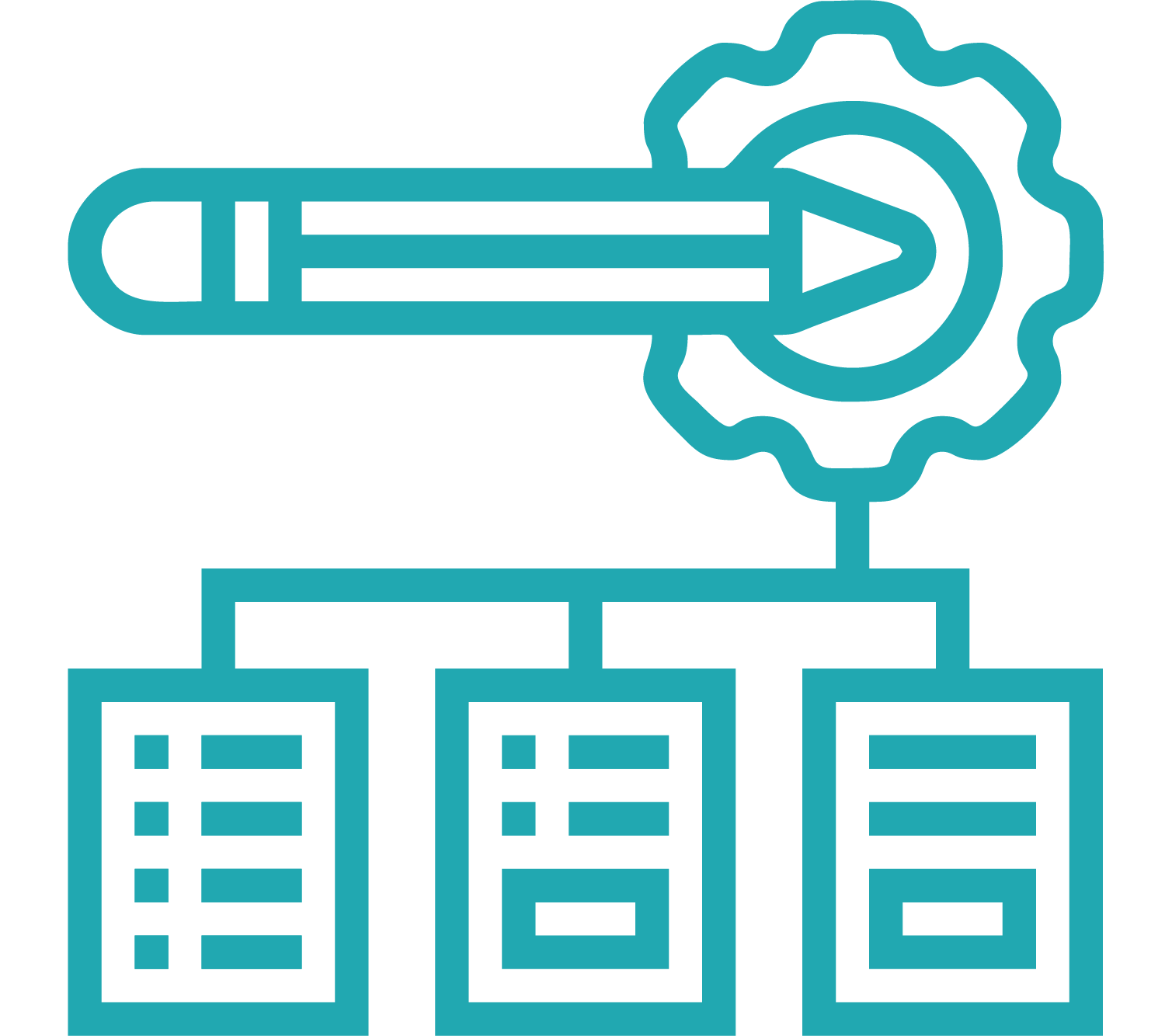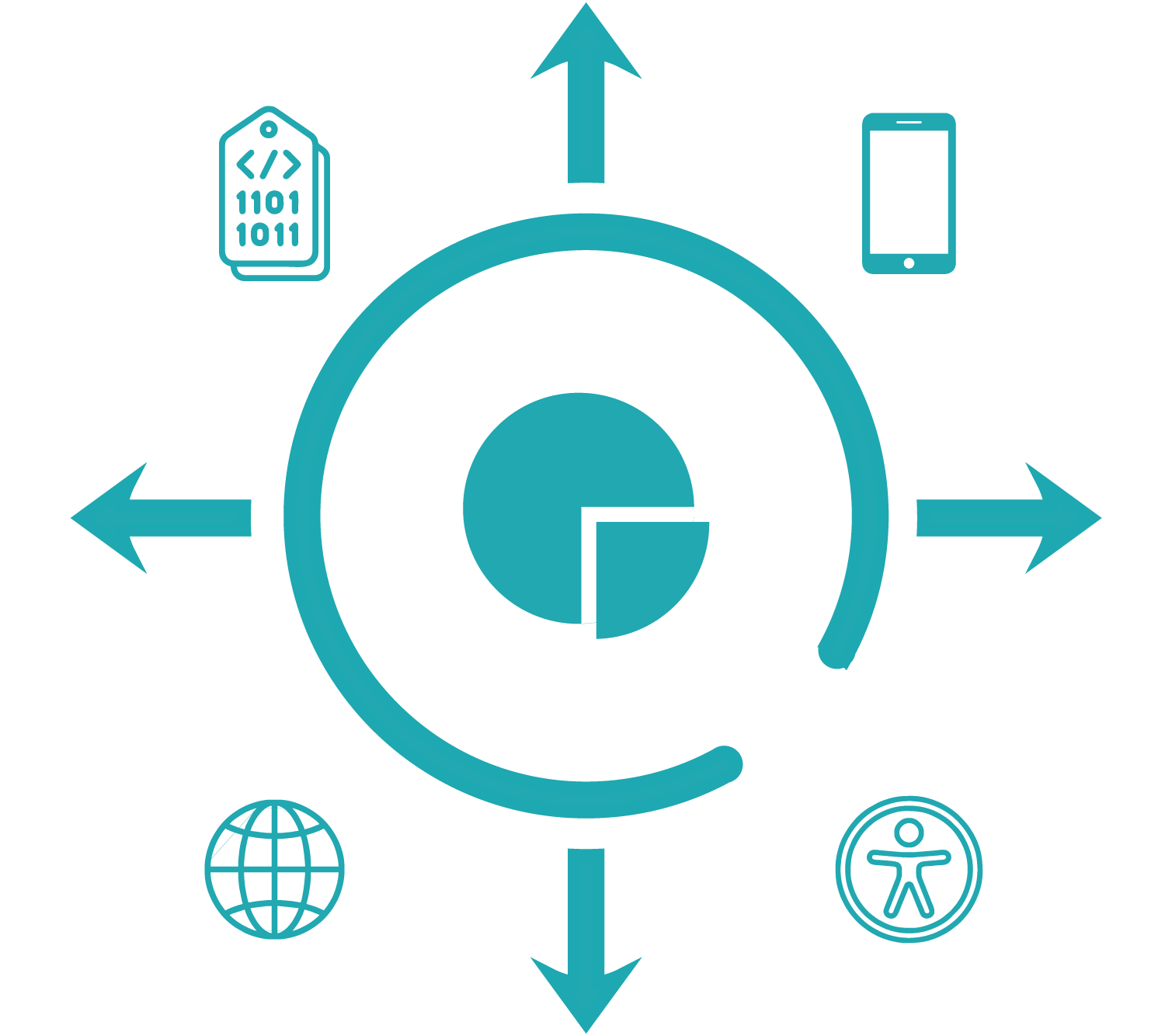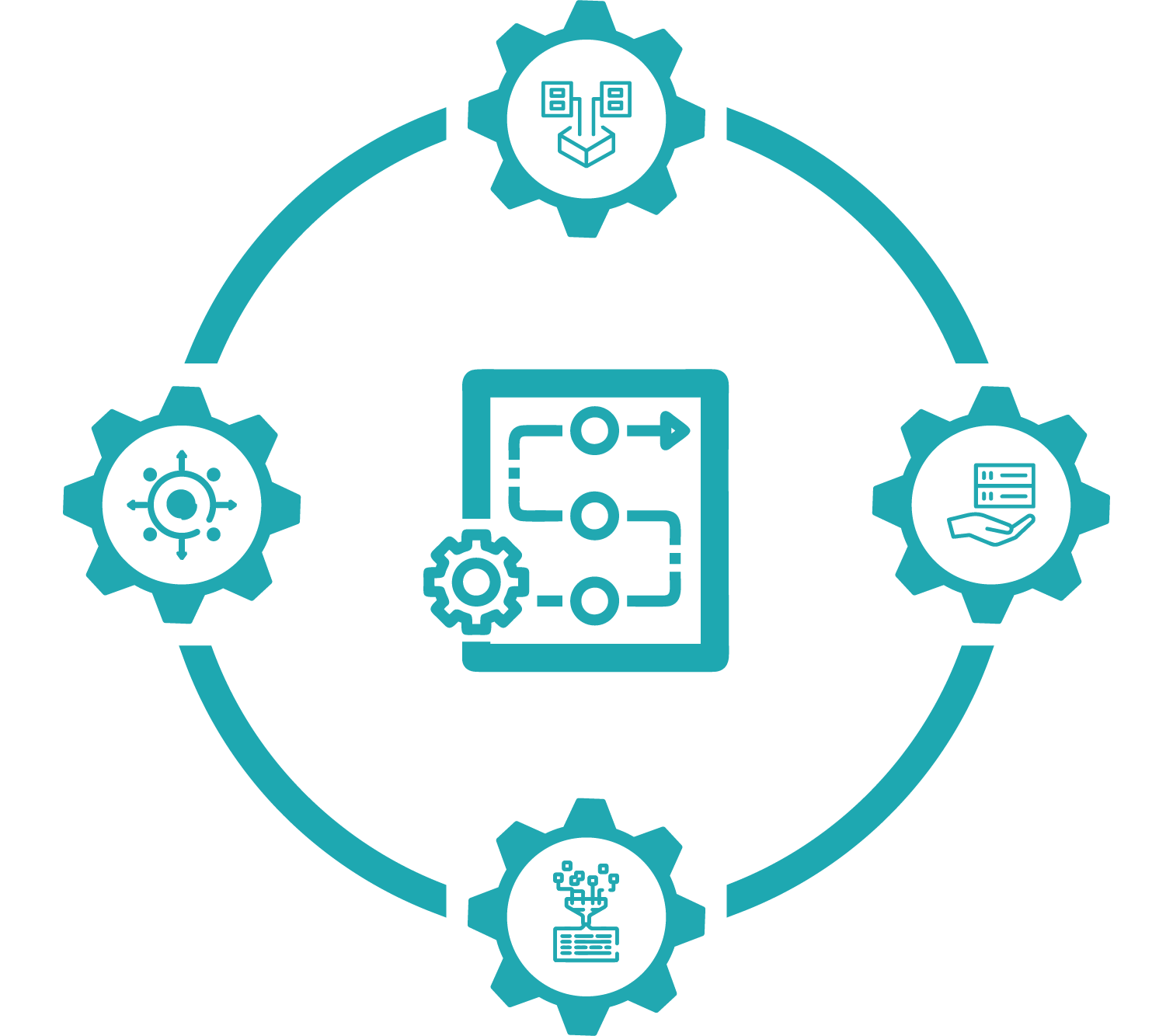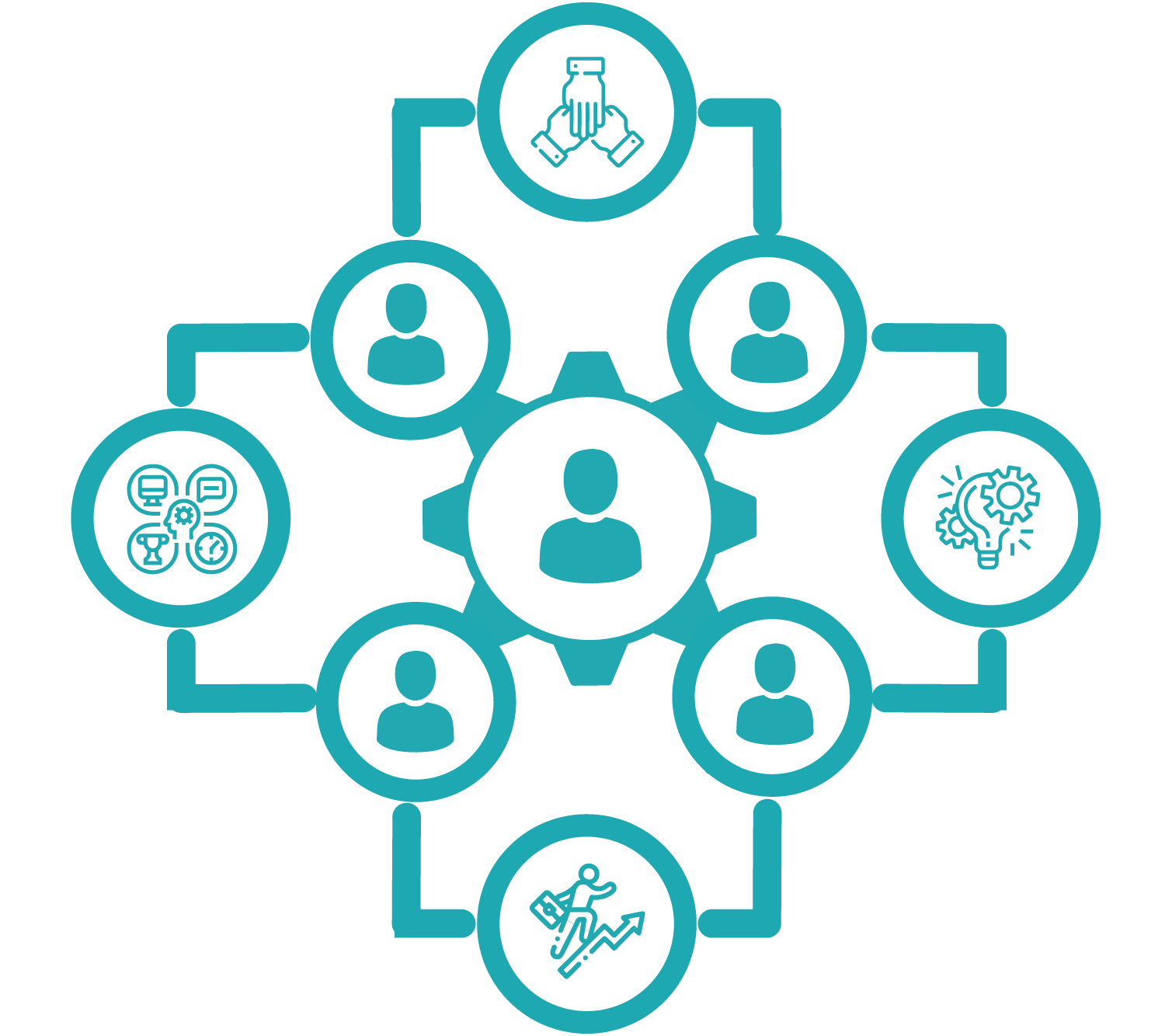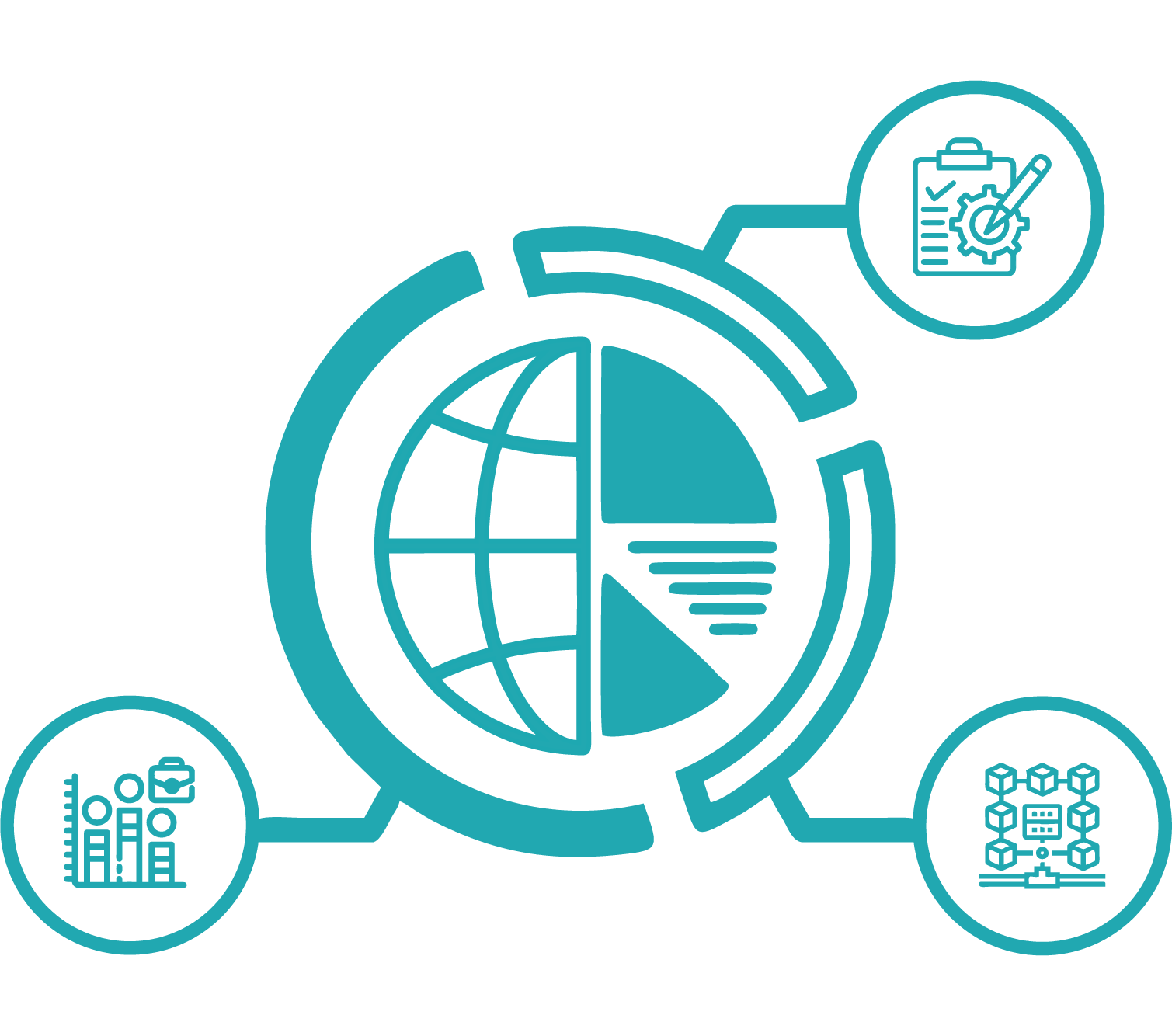1.4 Features and outline of the Handbook#
1.4.1 Features of the Handbook#
The main topics and related key concepts and terminology discussed in this Handbook are organised into 16 stand-alone chapters (including this chapter). The distinctive features of the Handbook include:
All chapters, except for Chapter 2 - Official Statistics - a general overview, which has a hard-copy publication version (in all UN official languages), are available and published on an interactive web platform only.
The interactive web platform supports the idea that the Handbook is a “living” document to be updated at regular intervals. The mechanism for doing so is described here. This strategy is more attuned to the needs for timely, rapid, and innovative responses to changes and challenges in the environment within which official statistics are produced, disseminated, and communicated.
While each chapter is a stand-alone chapter, they are linked together through hyperlinks where relevant.
As much as possible, the references and related materials included in the Handbook are available on the internet, with links provided. In some cases, hyperlinks to web resources are embedded in the related texts.
The platform allows for printing portions, specific sections, or whole chapters. The entire Handbook can also be downloaded in pdf format.
1.4.2 Outline of the chapters of the Handbook
Chapter 1 - Introduction
Chapter 1 traces the motives for issuing a revised version of the Handbook on the Organization and Management of National Statistical Systems; the 4th edition of the Handbook series of Statistical Organization. The chapter highlights the changes in the ecosystem in which national statistical offices and other producers of official statistics operate since the last edition (2003).The chapter provides an informative summary of the main topics, contents and structure of the handbook. The chapter serves as a quick guide to users/readers to find which chapters/sections would have the information or resources of interest to them.
Chapter 2 - Official Statistics - a general overview
Chapter 2 serves as statistical advocacy, awareness, and literacy piece, covering the main topics and critical issues dealt with in the various chapters of the Handbook. This chapter does not address only chief statisticians and senior managers of statistical offices, but target a broad range of users, data providers and stakeholders at all levels within and outside the national statistical system. Thus, the chapter is designed to be a stand-alone publication and will be the only hard-copy chapter of the Handbook, available in all UN official languages.
Chapter 3 - The Basis of Official Statistics
Chapter 3 aims to provide a common basis for understanding what is meant by official statistics, the principles that should guide the production of official statistics, and how these principles can be implemented through legislation and guidelines.
Chapter 4 - The National Statistical System
Chapter 4 defines the concept and describes the components of a national statistical system (NSS). The chapter discusses and illustrates its governance and associated programmatic and coordination mechanisms.
Chapter 5 - The National Statistical System
Chapter 5 provides a structured approach to understanding and navigating national data ecosystems. It introduces key concepts such as governance, stewardship, and interoperability, outlines layers within national data ecosystems, and presents strategies for NSOs to engage effectively. Additionally, it explores systematic approaches to data governance, highlights the benefits of broader engagement, and provides insights into future directions at the national level.
Chapter 6 - The National Statistical Office
Chapter 5 covers the key features of a national statistical office (NSO) and describes the statistical processes using the Generic Statistical Business Process Model (GSBPM). Although many topics discussed in this chapter are mainly applicable to an NSO, good practices can be applied to any other producers of official statistics.
Chapter 7 - Users and their Needs
Chapter 6 identifies the key users of official statistics, describes user needs and discusses ways a national statistical office (NSO) can meet these needs and measure user satisfaction for these efforts. Needs associated with the Sustainable Development Goals and other international policy frameworks are also highlighted.
Chapter 8 - Quality Management
Chapter 7 discusses quality management for national statistical offices (NSOs), including general quality management principles, the development and administration of a statistical quality assurance framework, definition and implementation of quality monitoring and evaluation, user surveys, the labelling of official statistics, and quality certification of an organization, and the relationship of quality management to other strategic initiatives, such as risk management.
Chapter 9 - Data Sources, Collection and Processing
Chapter 8 describes the main sources of data for official statistics— the standard statistical surveys and censuses as well as administrative data, geospatial data, and Big Data. The chapter discusses the corresponding modes of collection and provides guidance on the choice of collection modes and data processing. For administrative, geospatial, and Big Data, the chapter discusses the challenges in accessing, using, and processing the data.
Chapter 10 - Analysis and Analytical Frameworks
Chapter 9 covers the data analysis that a national statistical office carries out at different production stages, including preparing statistical content and ensuring outputs are ‘fit for purpose’ before dissemination to users.
Chapter 11 - Dissemination of Official Statistics
Chapter 10 discusses all aspects of the dissemination of official statistics covering all activities that make official statistics, statistical analyses, statistical services, and metadata accessible to users. The chapter provides guidance on the “why”, “what”, and “how” of the dissemination, based on the UNFPOS.
Chapter 12 - Common Statistical Infrastructure
Chapter 11 focuses on the statistical infrastructure that supports the production process, including the development and the maintenance of internal registers, methods, tools, systems, and standards. The topics and discussions complement and supplement considerations in other chapters on users and their needs; data sources, collection, and processing; analysis and analytical frameworks; and dissemination of official statistics.
Chapter 13 - Human Resources Management and Development
Chapter 12 discusses strategic issues on human resource management and development (HRMD) that need to be considered by national statistical offices as well as other producers of official statistics. The chapter provides information, guiding principles and examples of good practices addressing issues related to identifying skills needed now and in the future; careers and opportunities for growth development; and securing a stimulating working environment for the production of high-quality statistics.This chapter has interlinkages with the various technical chapters where skills needed for the specific processes and subject matters are described.
Chapter 14 - Data, Information, and Knowledge Management
Chapter 13 covers the management of data, information, and knowledge for the production of official statistics. The NSO and other producers of official statistics require well-functioning data systems, information systems and knowledge management systems to ensure that statistics are available to meet users’ needs in the right format and at the right time.
Chapter 15 - Information Technology Management
Chapter 14 describes current trends in the information technology (IT), reviews emerging and existing standards, and looks at how the rapidly changing environment impacts technology infrastructure required by a modern NSO.
Chapter 16 - Managing of Buildings, Physical Space, and Finance
Chapter 15 covers management issues of an operational nature. General requirements of buildings and physical space regarding the working environment of a statistical office are highlighted. Financial management with a focus on setting priorities in the presence of budgetary constraints is also discussed.
Chapter 17 - The International Statistical System
Chapter 16 focuses on international statistical activities—who undertakes them (members of the international statistical system), what they are covering (standards-setting and international cooperation activities) and how they are undertaken (consensus-building, tapping statistical expertise, capacity development).













